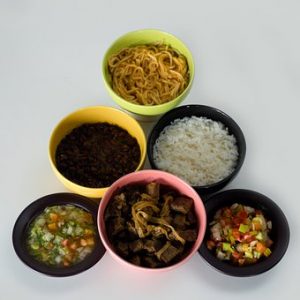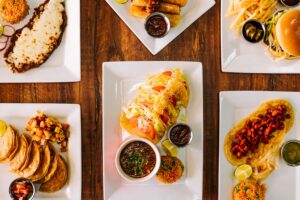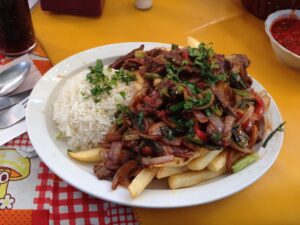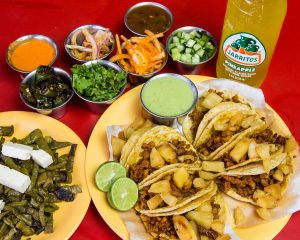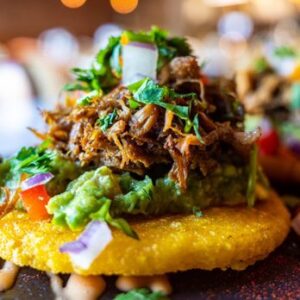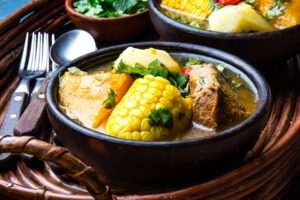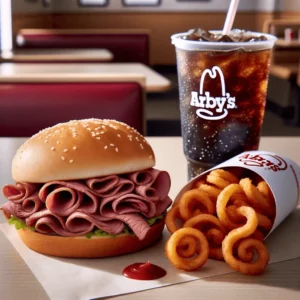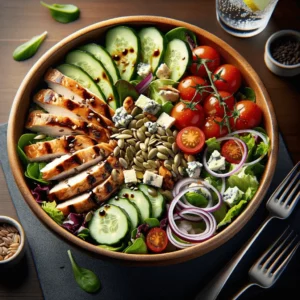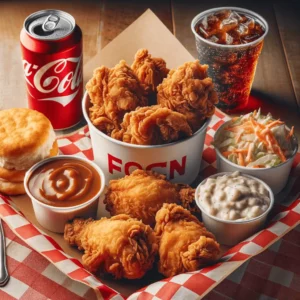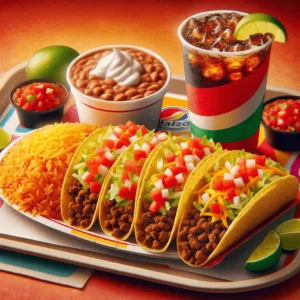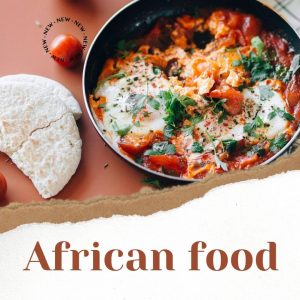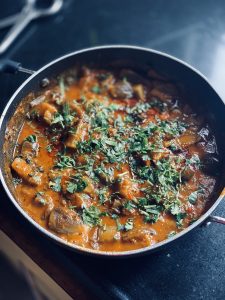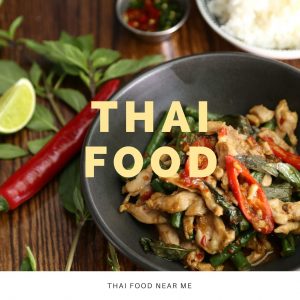Embarking on a Flavorful Voyage: Latin American Restaurants
The rich tapestry of Latin American culture is vividly woven into the heart of its cuisine. From the tip of Mexico to the southernmost reaches of Argentina and Chile, Latin American restaurants bring forth a whirlwind of flavors, textures, and stories that reflect the region’s diverse history and heritage.
From Ancient Civilizations to Modern Tables
Tacos and Tamales
Originating from Mexico, these bite-sized wonders have become emblematic of Latin cuisine. Whether it’s soft tacos filled with grilled meats or tamales wrapped in maize husks, they capture the essence of indigenous traditions and flavors.
Ceviche
A testament to coastal cultures, ceviche showcases the art of cooking with citrus. Fresh fish or seafood is “cooked” in lime or lemon juice and then mixed with onions, coriander, and sometimes tomatoes and avocados. It’s a tangy delicacy savored across many parts of Latin America, notably in Peru.
Exploring the Regional Delights
Feijoada
This hearty Brazilian stew made with black beans, pork, and beef, accompanied by rice and farofa (toasted cassava flour), is an ode to Portuguese influences blended with native ingredients.
Empanadas
Found throughout Latin America, empanadas are filled pastries that can be baked or fried. The fillings range from minced meats to cheese and even sweet variations like guava with cheese.
A Melody of Salsas and Sides
Chimichurri
Hailing from Argentina, this green sauce made from parsley, garlic, vinegar, and oil is a favorite accompaniment for grilled meats, especially steaks.
Plantains
Whether fried, mashed, or grilled, plantains, a staple across many Latin American countries, provide a sweet and savory counterpart to many dishes.
Conclusion
Latin American restaurants are more than just dining venues; they’re portals to ancient civilizations, colonial histories, and diverse landscapes. Each dish, be it the earthy flavors of mole or the freshness of a pico de gallo salsa, tells a story. These restaurants invite diners to experience the warmth of Latin hospitality and the richness of a culinary tradition born from a blend of native, European, African, and Asian influences.
FAQs
1. Are all Latin American foods spicy?
While some dishes are known for their heat, such as Mexican chiles, many Latin American foods emphasize flavor over spiciness. Spice levels can often be adjusted to preference.
2. What is a common beverage in Latin American cuisine?
While there are many, one iconic beverage is mate, a tea made from the dried leaves of the yerba mate plant, especially popular in Argentina, Uruguay, and parts of Brazil.
3. Are vegetarian options available?
Absolutely! From vegetable-based tamales to cheese empanadas and bean stews, there are numerous vegetarian delights in Latin American cuisine.
4. How is Latin American cuisine different from Spanish cuisine?
While there are shared influences due to colonial histories, Latin American cuisine is a blend of indigenous traditions with Spanish, African, and other global flavors, giving it a distinct character.
5. What desserts can I expect?
Dulce de leche, a sweet milk-based spread, is prevalent, as are treats like churros, tres leches cake, and flan. Each region has its own unique sweets to offer.



